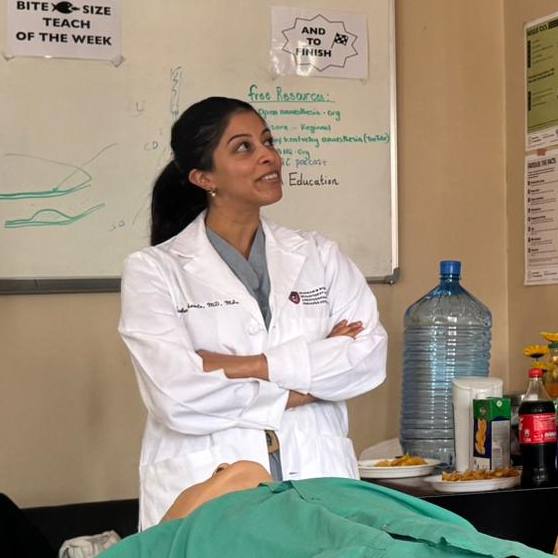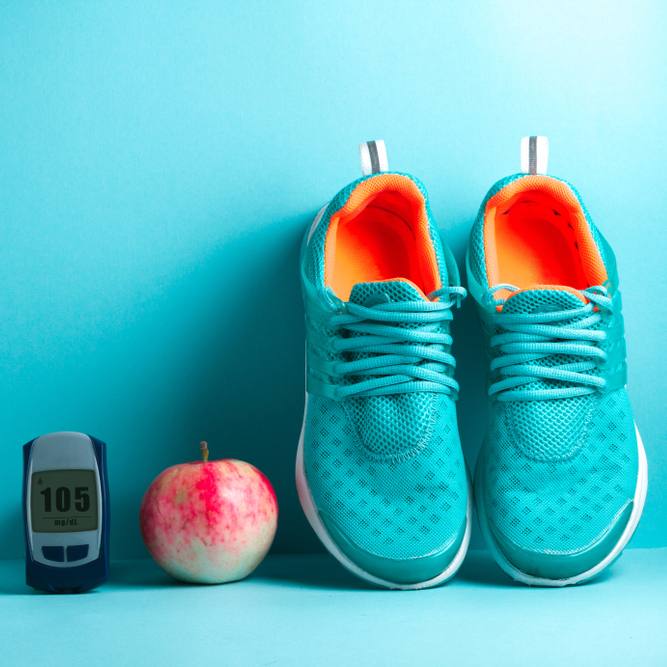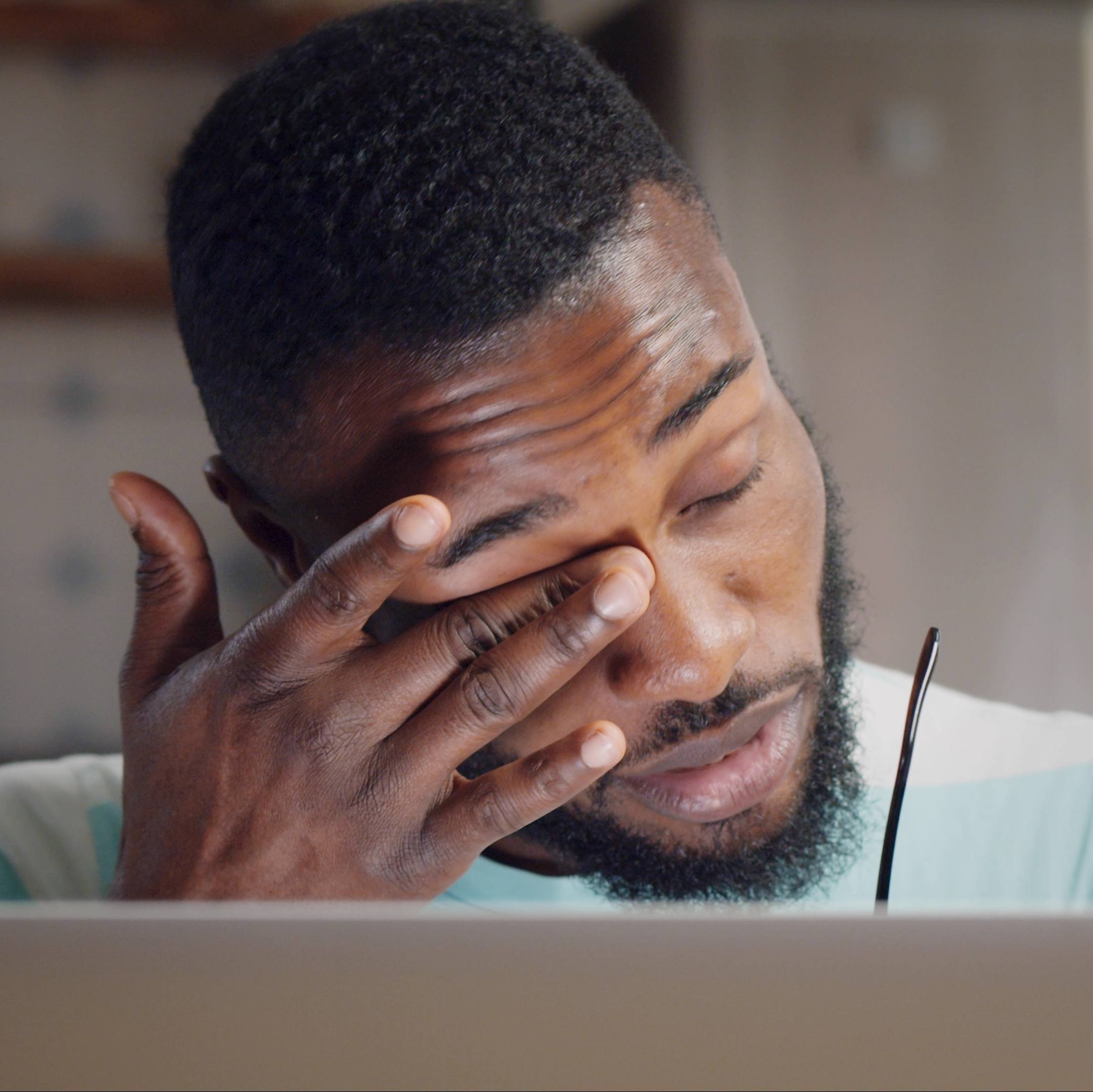If you came upon an emergency where a person is bleeding, would you know what to do? During National Trauma Month, May 20 is acknowledged as Stop the Bleed Day — a day to teach people how to take to control of serious bleeding.
In this demonstration, Gwen Meyer, a Trauma Center nurse and trauma outreach coordinator at Mayo Clinic, simulates how to stop the bleed, with Todd Emanuel, a Mayo Clinic trauma performance improvement coordinator. It can be as easy as A, B, C.
Please note, this is a simulation.
Journalists: Broadcast-quality video (0:59) is in the downloads at the end of this post. Please courtesy: "Mayo Clinic News Network. Read the script.
"If you're out for a walk and you come upon somebody such as Todd who has had a hand injury because of a skill saw, we want you to know just the basics," says Meyer.
"We follow the ABCs. 'A' stands for alerting somebody. Almost everybody nowadays has a phone. You want to take out your phone, and you want to know where you're at.
Call 911 and be specific on the location of the victim."
"'B' is for bleeding. We want to look at this bleed. We want to see exactly what it looks like."
"Most importantly, is that bleed spurting, which would mean that it could be a very bad bleed. That person could have a lot of issues very quickly."
"Thirdly, (C,) we want to compress and control that bleed. We want to stop the bleed. We can use that as Todd has already done with wound compression. Or we can utilize a tourniquet, as you see here, and place that on."
"We have found that outcomes are much more improved when we can, as civilians, apply simple basic stop the bleed mechanisms as we've done here," says Meyer.
Prevention is the key. Following safety precautions will decrease the risk of an injury. If you suffer an injury involving bleeding, apply pressure and seek medical attention for further care.
Learn more about the Stop the Bleed campaign.
_______________________________________________
For the safety of our patients, staff and visitors, Mayo Clinic has strict masking policies in place. Anyone shown without a mask was either recorded prior to COVID-19 or recorded in a nonpatient care area where social distancing and other safety protocols were followed.







